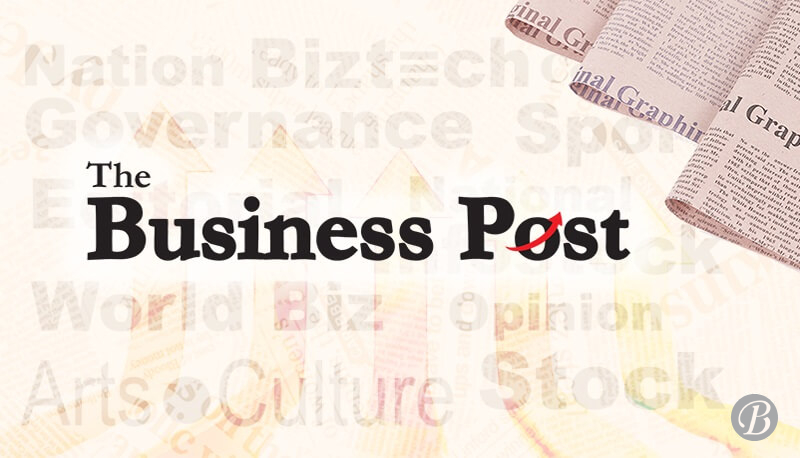Home ›› 30 Jun 2022 ›› Editorial

The invisible hand is a metaphor for the unseen forces that move the free market economy. Through individual self-interest and freedom of production and consumption, the best interest of society, as a whole, are fulfilled. The constant interplay of individual pressures on market supply and demand causes the natural movement of prices and the flow of trade.
The invisible hand is part of laissez-faire, meaning the "let do/let go," approach to the market. In other words, the approach holds that the market will find equilibrium without government or other interventions forcing it into unnatural patterns.
Scottish Enlightenment thinker Adam Smith introduced the concept in several of his writings, such as the economic interpretation in his book An Inquiry Into the Nature and Causes of the Wealth of Nations (often shortened to just The Wealth of Nations) published in 1776 and in The Theory of Moral Sentiments published in 1759. The term found use in an economic sense during the 1900s.
The invisible hand metaphor distills two critical ideas. First, voluntary trades in a free market produce unintentional and widespread benefits. Second, these benefits are greater than those of a regulated, planned economy.
Each free exchange creates signals about which goods and services are valuable and how difficult they are to bring to market. These signals, captured in the price system, spontaneously direct competing consumers, producers, distributors, and intermediaries—each pursuing their plans—to fulfill the needs and desires of others.
Business productivity and profitability are improved when profits and losses accurately reflect what investors and consumers want. This concept is well-demonstrated through a famous example in Richard Cantillon’s An Essay on Economic Theory (1755), the book from which Smith developed his invisible hand concept.3
Smith's An Inquiry Into the Nature and Causes of the Wealth of Nations was published during the first Industrial Revolution and the same year as the American Declaration of Independence. Smith’s invisible hand became one of the primary justifications for an economic system of free-market capitalism.
As a result, the business climate of the U.S. developed with a general understanding that voluntary private markets are more productive than government-run economies. Even government rules sometimes try to incorporate the invisible hand.
Former Fed Chair Ben Bernanke explained the "market-based approach is regulation by the invisible hand" which "aims to align the incentives of market participants with the objectives of the regulator."
Cantillon described an isolated estate that was divided into competing leased farms. Independent entrepreneurs ran each farm to maximize their production and returns. The successful farmers introduced better equipment and techniques and brought to market only those goods for which consumers were willing to pay. He showed that returns were far higher when competing self-interests ran the estate rather than the previous landlord's command economy.
Investopedia